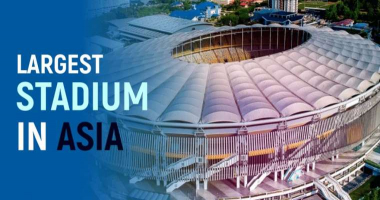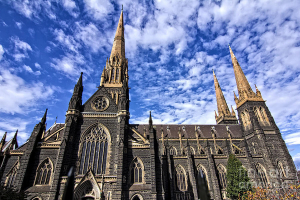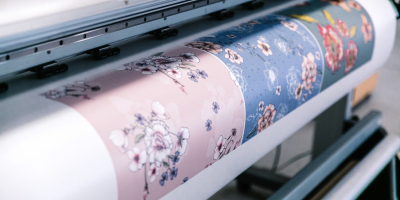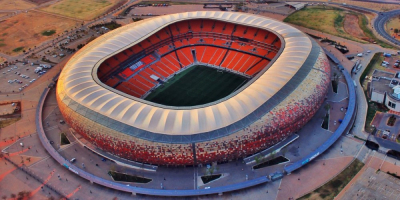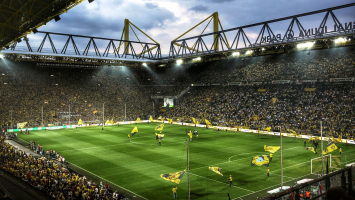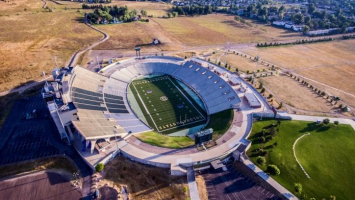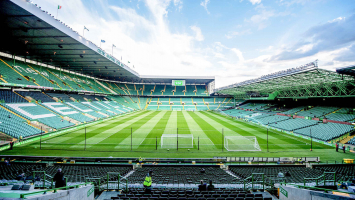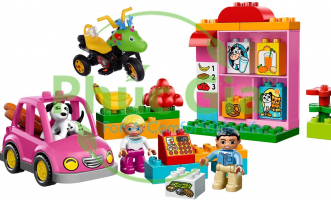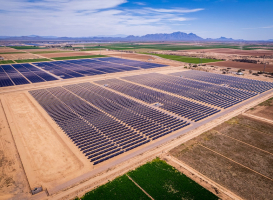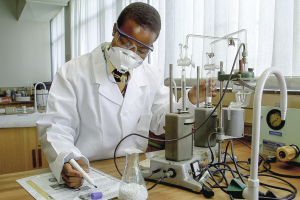Top 10 Largest Stadiums In Australia
Stadium unequivocally plays an indispensable part in our daily life and tends to improve living standards as it adds jobs and income to local economy. Beyond ... read more...these benefits, it is increasingly of great importance as the world becomes more interconnected, thus numerous global event being taken place in Australia. It facilitates an enabling environment for public events and other mass activities. In this article, let's find out with Toplist which stadium is the biggest in this beautiful nation.
-
Located in Melbourne's Yarra Park, Victoria is Australia's largest football stadium, known as Melbourne Cricket Ground or "J". With a capacity of 100,024 people, Melbourne Cricket Stadium is not only Australia's most famous cricket stadium, it's also home to football matches in Australia.
Built in 1853, Melbourne Cricket Ground (MCG), also known as "G" is located at Yarra Park in Melbourne, Victoria. Founded and operated by Melbourne Cricket Club, it is the largest stadium in the Southern Hemisphere and the 11th largest and second-largest cricket stadium in the world. The MCG is within walking distance of the city center, served by Richmond and Jolimont train stations and tram line 70. Adjacent to Melbourne Park and part of Melbourne's Sports and Entertainment District. The stadium is easily accessible as it is within walking distance of the city center. In 2005, MCG was inscribed on the Australian National Heritage List and on the Victoria Heritage Register.
Capacity: 100,024
Field size: 171 metres x 146 metres
Website: https://www.mcg.org.au
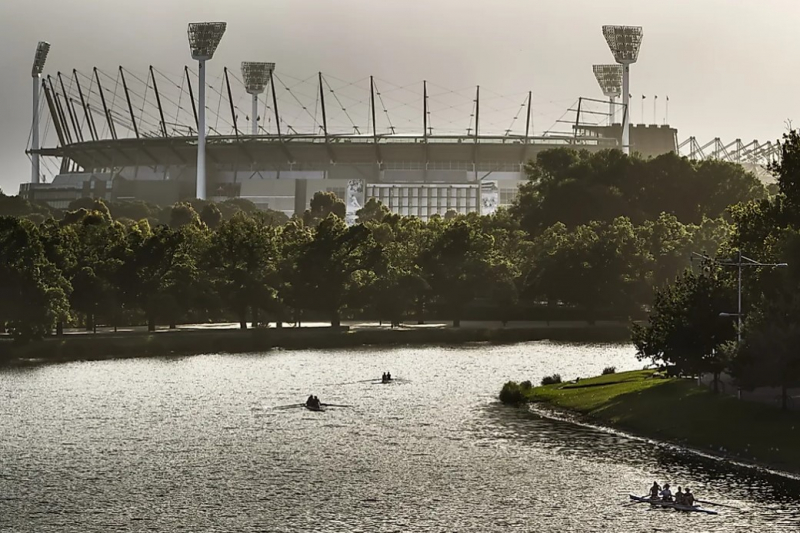
Melbourne Cricket Ground,https://www.worldatlas.com/ 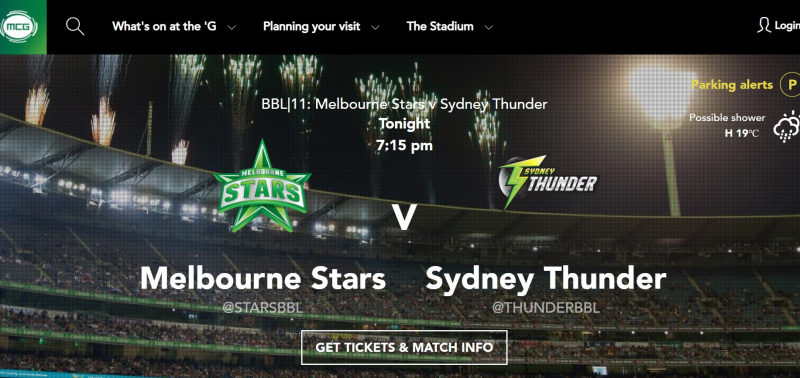
Melbourne Cricket Ground,https://www.mcg.org.au -
Located in Sydney, New South Wales, Australia, the 84,000-seat Australian Stadium is the second-largest football stadium in Australia. Formerly called Telstra, the stadium is now popularly known to locals as Olympic Stadium, Homebush Stadium or Sydney Olympic Stadium. The multipurpose stadium officially opened on 6 March 1999 ahead of the 2000 Summer Olympics in Australia. The NSW national rugby team has played at home every year since its inception at the Home State Stadium. The stadium is also home to the annual National Rugby League Grand Finals.
Stadium Australia was originally built for 110,000 spectators and is also the second-largest Olympic Stadium ever built. It was redesigned in the early 2000s. In 2003, reconstruction work was completed, shortening the north-south fenders and installing removable seats. These changes reduced the capacity to 83,500 for the rectangular field and 82,500 for the elliptical field. Shelters can also be added above the north and south stands to cover most of the seats. The stadium is designed according to sustainable development principles, for example, using less steel for the roof structure than the Olympic stadiums in Athens and Beijing.
Capacity: 83,500 (Rectangular), 82,500 (Oval, 2002–present), 115,000 (2000 Summer Olympics)
Field size: 170m x 128m (Oval)
Website: http://stadiumaustralia.com.au/
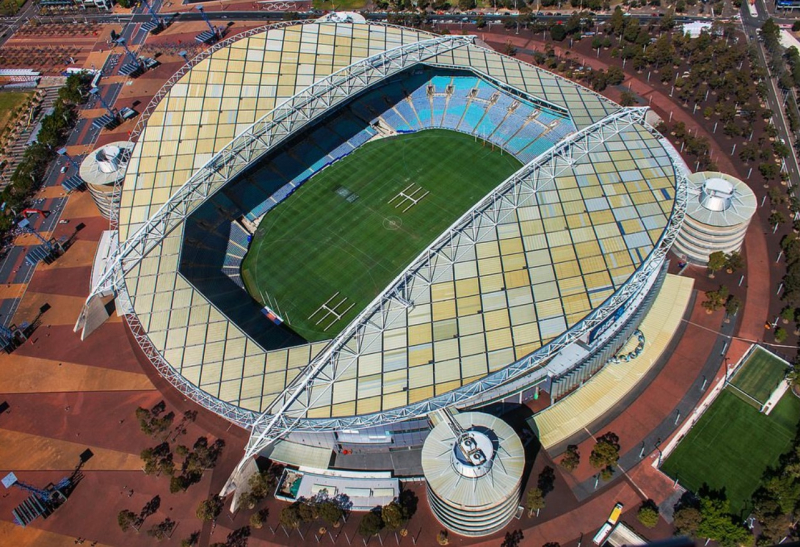
Stadium Australia, https://th.bing.com/ 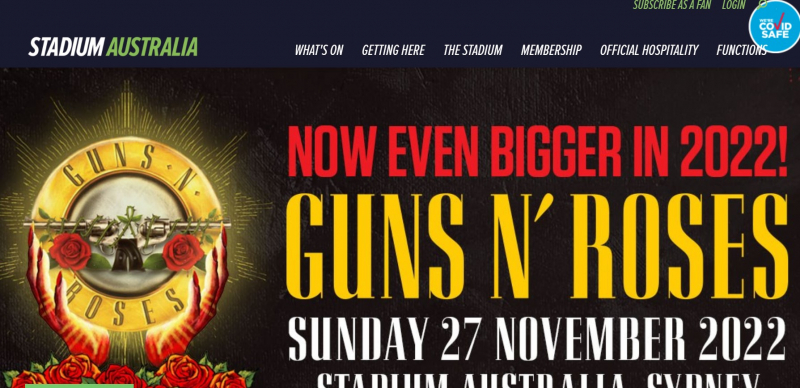
Stadium Australia, http://stadiumaustralia.com.au/ -
With a capacity of 56,347 people, Australia's third-largest football stadium is Docklands Stadium, a multipurpose stadium for sports and entertainment located in Melbourne, Victoria, Australia. The stadium is also known for its former sponsoring names such as Colonial Stadium and Telstra Dome and its current sponsor name, Etihad Stadium. The stadium, which began construction in October 1997, was originally to replace Waverley Park. The stadium officially opened on March 9, 2000, after spending AU$460 million on construction. It is also the headquarters of a digital broadcasting center known as Seven Network. The stadium is also used primarily to host Australian football, commonly known as Australian football.
Docklands Stadium, also known as Marvel Stadium, is primarily used for Australian rules football and was originally built as a replacement for Waverley Park. Offices at the precinct serve as the headquarters of the Australian Football League (AFL) which, since 7 October 2016, has had exclusive ownership of the venue. The stadium has a retractable roof and the first floor seating can be converted from oval to rectangular.
Capacity: 53,359 (venue capacity),53,359 (seating capacity), 47,000 (cricket and rectangular mode)
Field size: 170m long, 140m wide
Website: marvelstadium.com.au
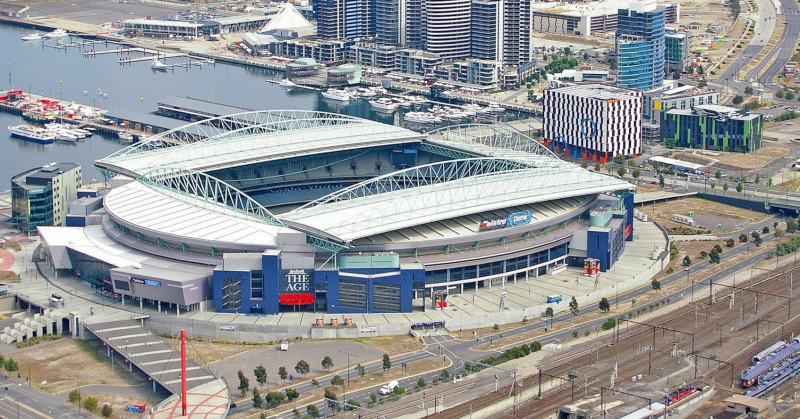
Docklands Stadium,https://th.bing.com/ 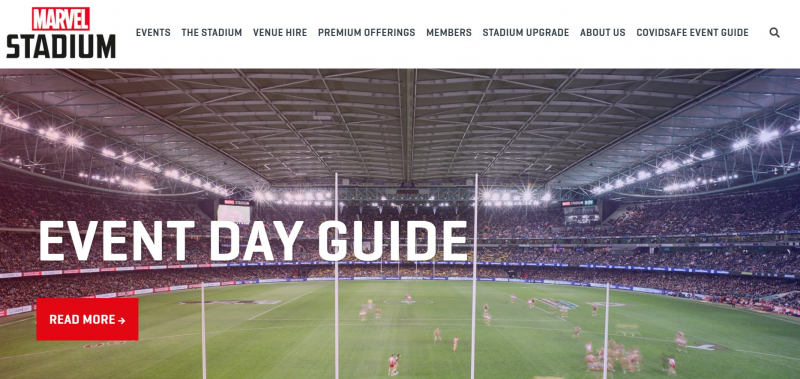
Docklands Stadium,marvelstadium.com.au -
Adelaide Oval, located in Adelaide, South Australia, has a capacity of 53,853 and is Australia's fourth-largest football stadium. The Adelaide Oval is a multi-purpose arena that mainly hosts cricket and Australian football matches. Other sports and events held at the stadium include soccer, rugby, concerts and rugby leagues. The Adelaide Oval was the headquarters of the South Australian Cricket Association (SACA) and the South Australian National Football League (SANFL).
Opened in 1871, Adelaide Oval is managed by the Adelaide Oval Stadium Administration (AOSMA). After refurbishing the stadium between 2008 and 2014, two Adelaide football clubs left Football Park and returned to the stadium. In the second retest on December 2, 2017, cricket crowds were 55,317 and Australian football matches were 62,543 at the 1965 SANFL Grand Final between Port Adelaide and Stewart.
Capacity: 55,317
Field size:167 x 124 metresWebsite: www.adelaideoval.com.au
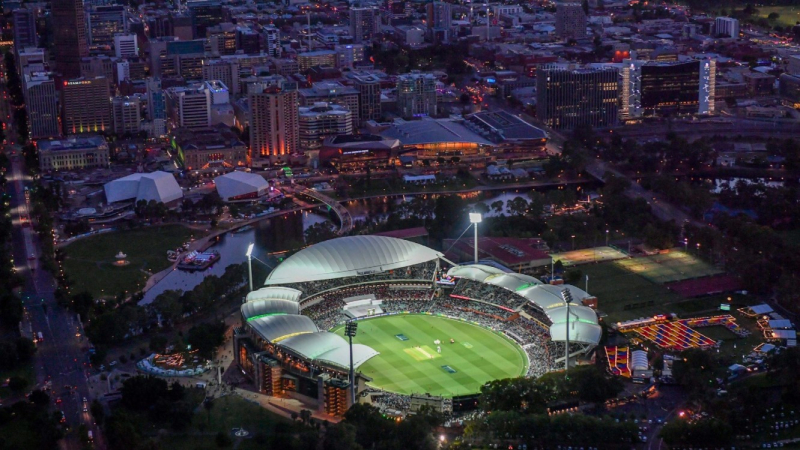
Adelaide Oval,https://th.bing.com/ 
Adelaide Oval, www.adelaideoval.com.au -
Lang Park, also known as Brisbane Football Stadium, sponsored by Suncorp Stadium and nicknamed "The Cauldron", is a multipurpose stadium in Brisbane, Queensland, Australia, located in the suburbs of Milton. The current facility is a three-story rectangular sports arena with a capacity of 52,500 people. It is primarily used for rugby leagues and rugby unions with a 136x82 m (446x269 ft) rectangular arena. The main tenants of the stadium are Brisbane Broncos, Queensland Reds and Australian Wallabies.
Lang Park, founded on the site of a pre-1914 North Brisbane cemetery, was initially home to a variety of sports including cycling, track and field and soccer. The park's lease was transferred to the Brisbane Rugby League in 1957 and became the home of the match in Queensland (which remains to this day). It is also home to some of Queensland's major rugby and football matches after modern renovations, including the Queensland Reds and Brisbane Roar, some Wallabies and Socceroos matches. It hosted the 2008 and 2017 Rugby World Cup finals and the 2021 NRL Grand Finals. The stadium also hosted the Rugby World Cup quarterfinals and two Super Rugby Grand Finals, both won by the Queensland Reds. The facility will host several matches of the 2023 Women's World Cup and soccer matches of the 2032 Summer Olympics, including gold medal matches in men's and women's divisions.
Capacity: 52,500
Field size: 136 x 82 m
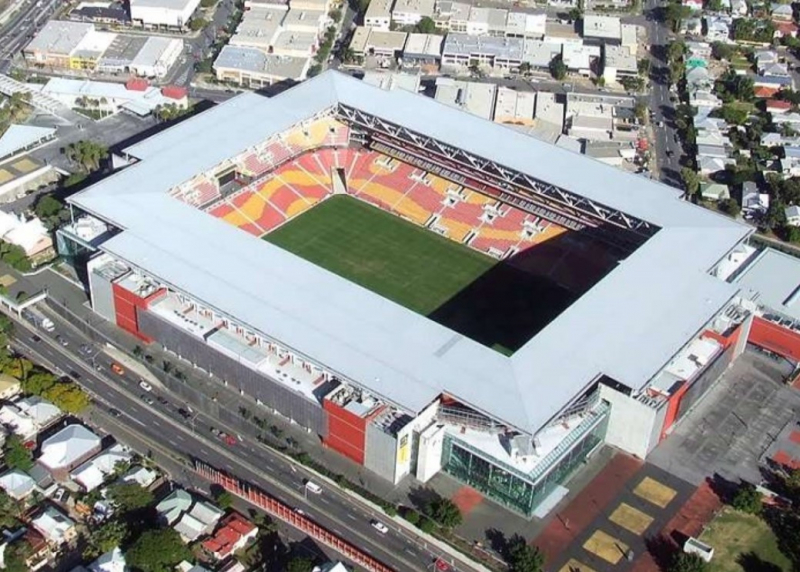
Lang Park, https://th.bing.com/ -
Sydney Football Stadium, commercially known as Allianz Stadium and formerly Aussie Stadium, is a football stadium located in Moore Park, Sydney, Australia. Built in 1988 next to the Sydney Cricket Ground, it was Sydney's premier rectangular arena for Rugby League, Rugby Union and Soccer matches.
While Kangaroo, Wallaby and Sotseroos played occasionally on the pitch, Sydney Roosters, NSW and Sydney Football Club were the main tenants of the pitch. Sydney Football Stadium has generally hosted the National Rugby League semi-finals and one qualifier final, and over the years has hosted the Charity Shield pre-season football match between South Sydney and St George Illawarra. From 1988 to 1998 it hosted all NSW/Australia Rugby League Grand Finals and the first NRL Flag Grand Finals.
In November 2017, the NSW government announced plans to demolish and rebuild the stadium. The stadium was closed in October 2018 for a concert by Michael Bublé. Demolition began in early 2019 and continued after several legal challenges, becoming a major issue in the 2019 state elections.
Capacity: 45,500 (venue capacity), 44,000 (seated capacity)
Field size:140 x 79 metres
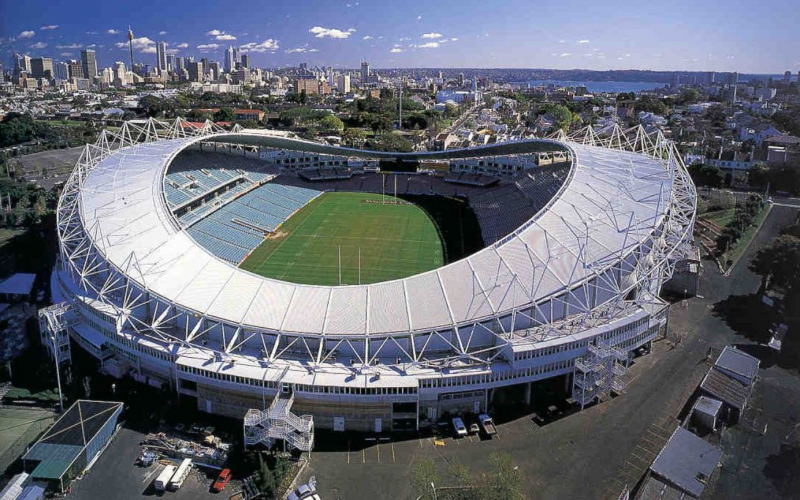
Sydney Football Stadium https://th.bing.com/ -
Kardinia Park, also known as GMHBA Stadium due to naming rights, is a sporting and entertainment venue located within Kardinia Park, South Geelong, in the Australian state of Victoria. The stadium, owned and operated by the Kardinia Park Stadium Trust, is the home ground of the Geelong Football Club and the A-League football club Western United FC. The capacity of Kardinia Park is 36,000, making it the largest-capacity Australian stadium in a regional city.
Kardinia Parki held football matches since the 19th century, and before the 1940s, Kardinia Park was the secondary football venue in the city of Geelong; Corio Oval was the main venue, anduntil 1940, the Geelong Football Club played its Victorian Football League games at that venue. Kardinia Park was the home ground for the Geelong Football Club in the Victorian Football Association from 1922 until 1925, before moving to the Western Oval in Geelong West; local and district football was played regularly on the ground.
Capacity40,000 after final expansion
Field size170 x 115 m
Website: https://www.kardiniapark.vic.gov.au/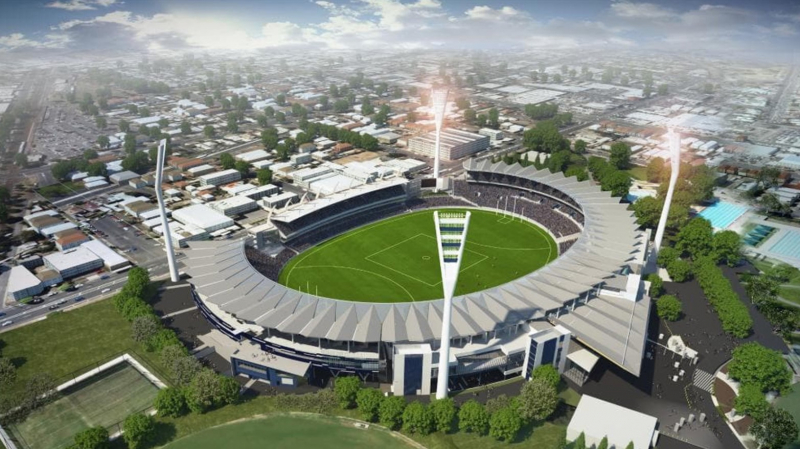
Kardinia Park, https://turfmate.com.au/ 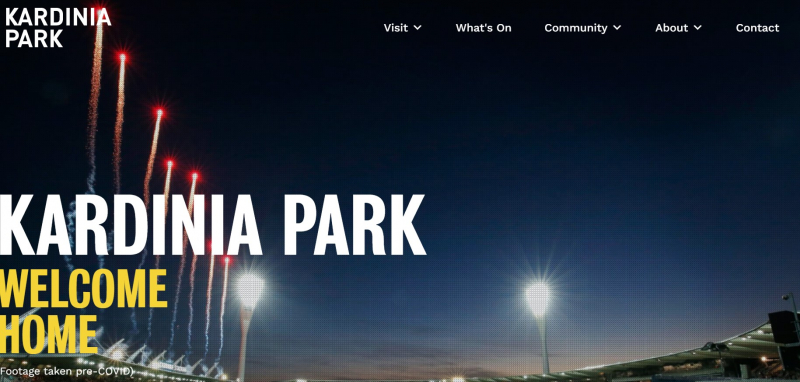
Kardinia Park,https://www.kardiniapark.vic.gov.au/ -
Newcastle International Sports Center, known for its sponsorship as McDonald's Jones Stadium, is a multipurpose sports arena located in Newcastle, Australia. This area is home to the Newcastle Knights (National Rugby League) and Newcastle Jets FC (Allig). Owned by the NSW Government and managed by Venues NSW (which consolidates the operations and responsibilities of the former Hunter Region Sports Facility Authority and other regional sports facility administrations into one agency governed by a single governing board).
Thanks to past sponsorship agreements, Newcastle International Sports Center was previously named Marathon Stadium, Energy Australia Stadium, Ausgrid Stadium and Hunter Stadium. Newcastle International Sports Center is also known as Newcastle Stadium when used during AFC competitions due to conflicting sponsorship reasons.
Capacity:33,000 (23,000 seated
Field size: 560 feet (170 meters) by 560 feet (170 m)
Website: https://mcdonaldjonesstadium.com/
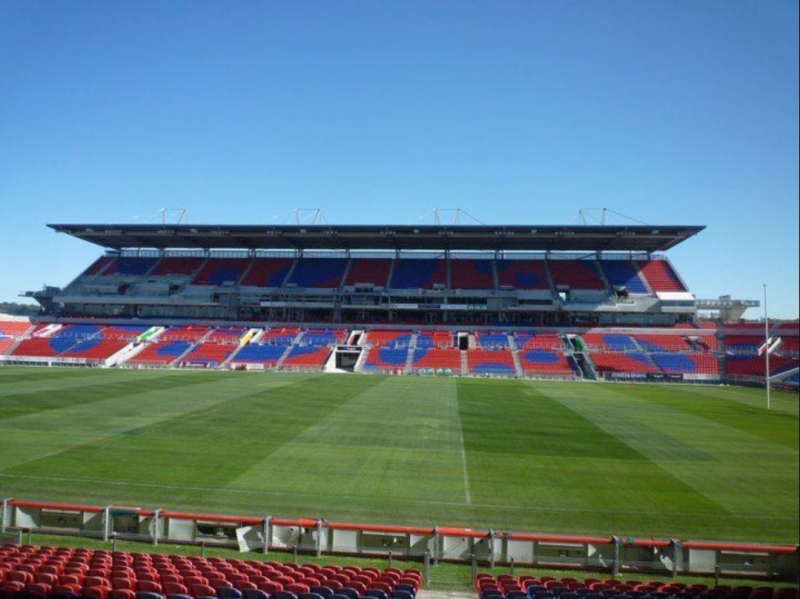
Newcastle International Sports Centre,https://th.bing.com/ 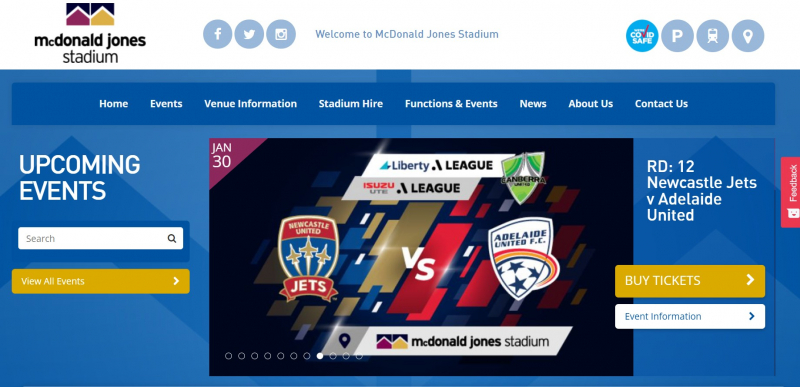
Newcastle International Sports Centre,https://mcdonaldjonesstadium.com/ -
Melbourne's Rectangular Stadium, known for its sponsorship as AAMI Park, is an outdoor sports arena on the grounds of Edwin Flack Field in Melbourne's downtown sports and entertainment district. The main tenants of the stadium are the NRL Melbourne Storm Team, Super Rugby Melbourne Rebels, ALeague Melbourne Victory FC and Melbourne City FC teams. When the stadium was completed in 2010, it became Melbourne's first large rectangular arena.
Under construction The stadium, named Melbourne Rectangular Stadium, was named AAMI Park on March 16, 2010 as part of an eight-year sponsorship agreement with insurance company AAMI. The largest stadiums used when the new stadium project was approved were Melbourne Cricket Ground (MCG) and Docklands Stadium. This was the best oval court for Australian football or cricket. Olympic Park, formerly the city's largest rectangular arena, has been converted into an athletics stadium.
Melbourne's Rectangular Stadium is one of the five stadiums of the 2015 Asian Football Championship, where six matches were played, including the opening match and one quarterfinal match. Melbourne's rectangular stadium hosted the Rugby League matches of the four countries in 2010 and 2014 and was used to host the Rugby World Cup in 2017 and will host the Women's World Cup in 2023.
Capacity30,050 (total)[3]29,500 (rugby)
Field size136 m × 85 m (446 ft × 279 ft)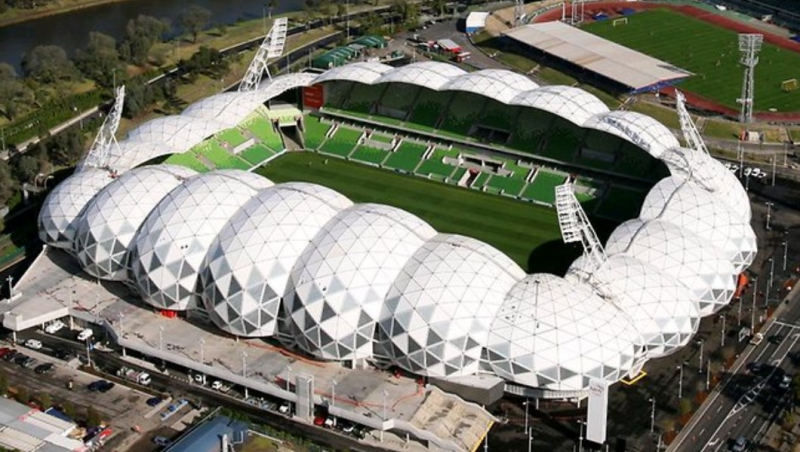
Melbourne Rectangular Stadium,https://www.bing.com/ -
Robin Stadium, also known as the sponsored Cbus Super Stadium, is a rectangular football stadium in the Gold Coast suburb of Robin, Queensland. Mainly used as home ground for the National Rugby League Gold Coast Titans. League Brisbane Roar FC is here from time to time. Robina Stadium is located in the satellite growth suburb of Robina and next to Robina railway station. Being designed by the same company, the stadium is definitely a smaller version of Suncorp Stadium in Brisbane.
Robin Stadium is also used to host Rugby Union, Soccer, Rugby Sevens matches, Rugby League test matches and Rugby League World Cup matches. Construction of this facility began in 2006 and was completed in February 2008, becoming the Titans' new home for the 2008 National Rugby League season.
Capacity: 27,400
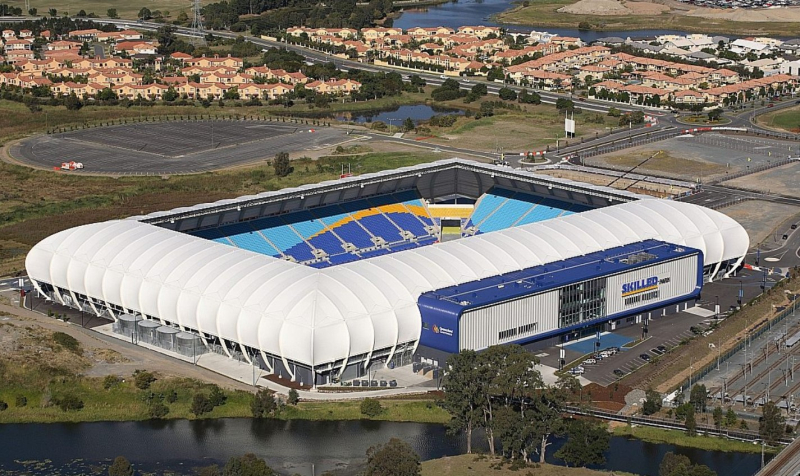
Robina Stadium,https://th.bing.com/












